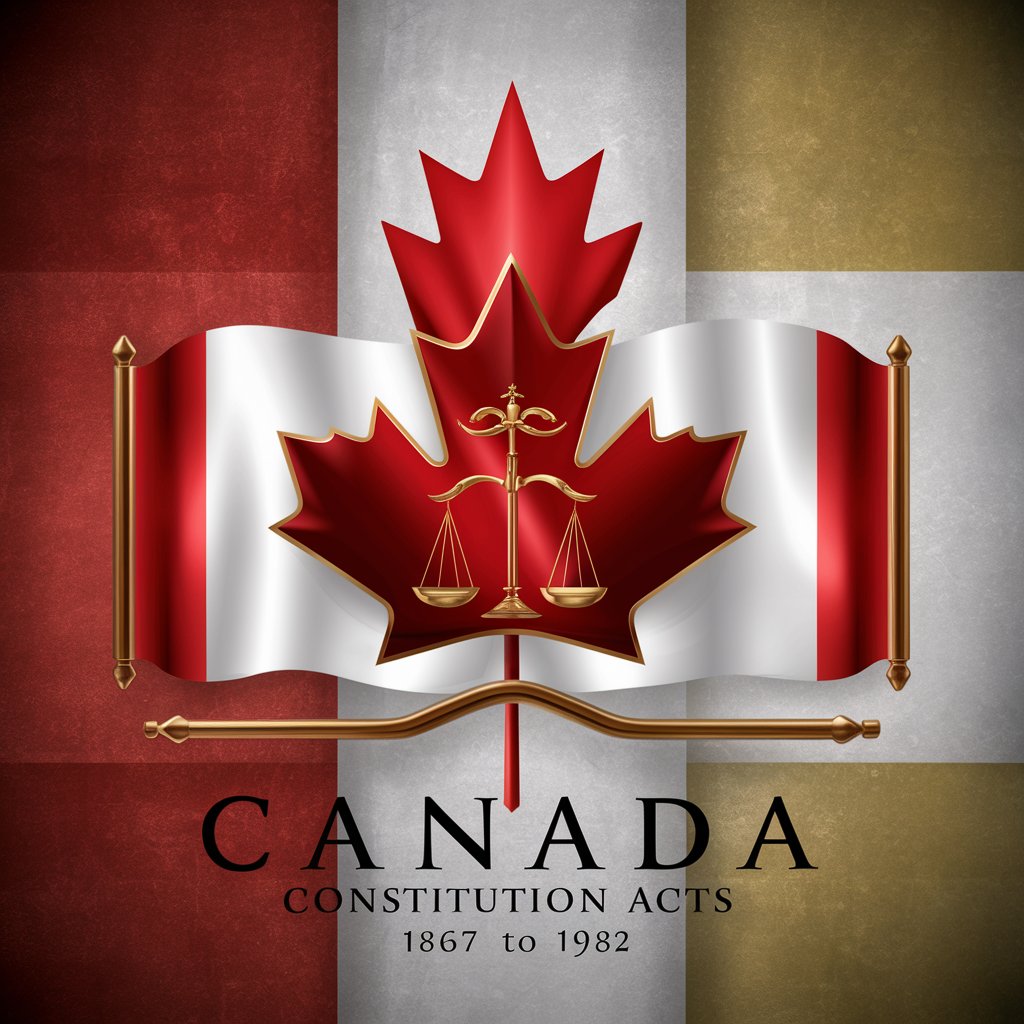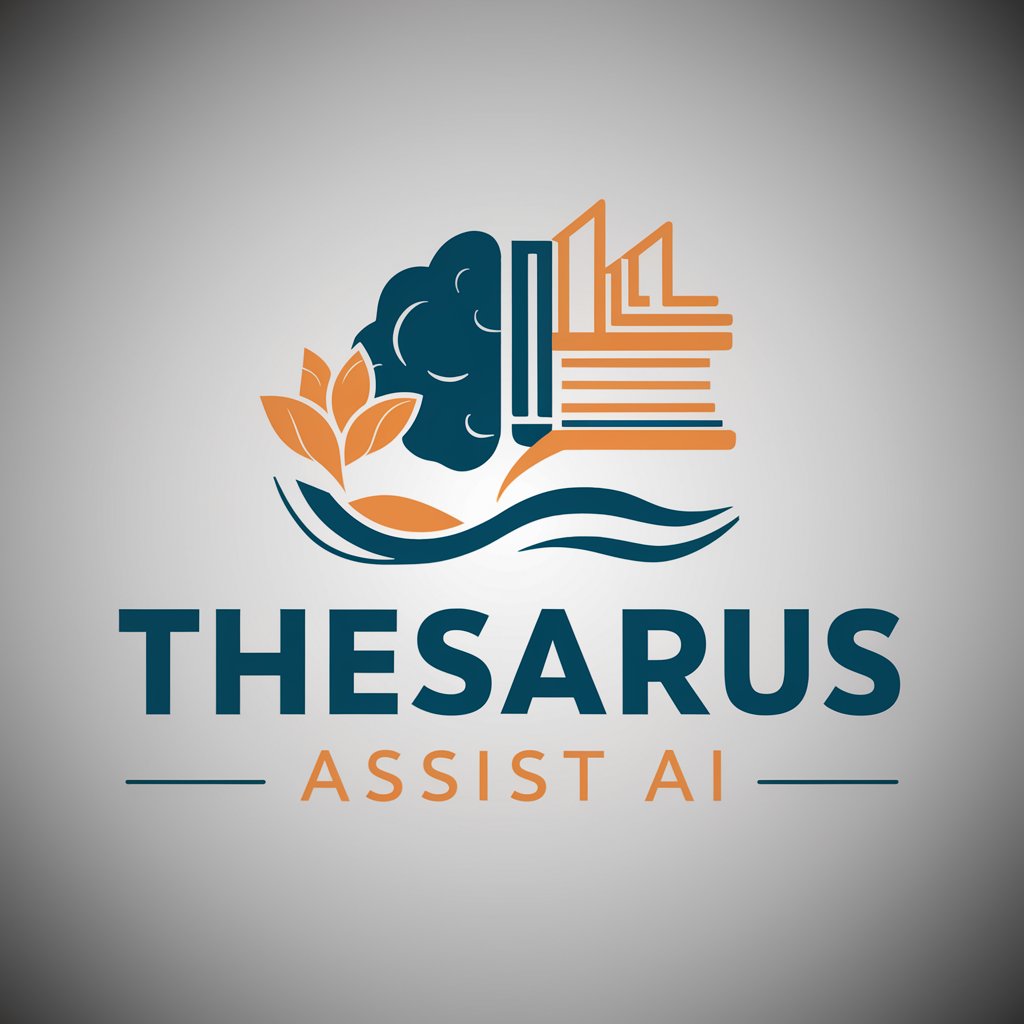Canada Constitution Acts 1867 to 1982 - access to constitutional insights

Welcome! Ask me anything about Canada's Constitution Acts from 1867 to 1982.
Demystifying Canada's constitutional foundation.
Can you explain the significance of the Constitution Act, 1867?
What were the major changes introduced by the Constitution Act, 1982?
How did the Canada Act, 1982, affect the Canadian Constitution?
What are the key differences between the Constitution Act, 1867, and the Constitution Act, 1982?
Get Embed Code
Introduction to Canada Constitution Acts 1867 to 1982
The Canada Constitution Acts from 1867 to 1982 form the foundation of Canada's constitutional framework, establishing the nation's system of government, division of powers, and fundamental rights and freedoms. Initially constituted by the Constitution Act of 1867, also known as the British North America Act, it laid the groundwork for a federal system, dividing powers between the federal government and the provinces. The Constitution Act of 1982, which includes the Canadian Charter of Rights and Freedoms, significantly expanded rights protections and introduced mechanisms for constitutional amendment. These Acts collectively outline the structure of Canada's parliamentary system, the role of the monarchy, and the framework of federalism, balancing the distribution of powers across various levels of government. Powered by ChatGPT-4o。

Main Functions of the Canada Constitution Acts 1867 to 1982
Establishment of Federal System
Example
Division of powers between federal and provincial governments.
Scenario
The Constitution Act of 1867 outlines specific powers for the federal government (e.g., defense, trade) and provinces (e.g., education, healthcare), allowing for a balanced distribution of authority that respects regional diversity.
Protection of Rights and Freedoms
Example
Canadian Charter of Rights and Freedoms.
Scenario
The Charter, part of the Constitution Act of 1982, guarantees fundamental rights such as freedom of expression, equality rights, and legal rights, shaping Canada's laws and societal norms.
Amendment Procedure
Example
Process for constitutional changes.
Scenario
The Constitution Act of 1982 introduced a formal amendment formula, allowing for the constitution to be updated through a structured process requiring consent from various levels of government.
Ideal Users of the Canada Constitution Acts 1867 to 1982
Government Officials and Policymakers
These individuals rely on the constitutional framework to guide legislative and policy decisions, ensuring that new laws adhere to the established division of powers and respect protected rights.
Legal Professionals
Lawyers, judges, and legal scholars reference the Constitution Acts to interpret laws, adjudicate disputes, and contribute to the development of Canadian jurisprudence.
Academics and Students
Researchers and students in fields such as political science, law, and history study the Constitution Acts to understand Canada's political structure, legal system, and historical evolution.
General Public
Citizens engage with the Constitution Acts to understand their rights and freedoms, and to participate more effectively in Canada's democratic process.

Using Canada Constitution Acts 1867 to 1982
1
Begin by exploring yeschat.ai for a complimentary trial without the requirement for login or a ChatGPT Plus subscription.
2
Identify specific sections or amendments within the Constitution Acts 1867 to 1982 relevant to your query or research focus.
3
Utilize the detailed table of contents or index to navigate efficiently to sections of interest.
4
For legal analysis or academic writing, reference the specific act, section, and paragraph numbers in your citations.
5
Consult additional legal commentaries or analyses for a deeper understanding of how the acts have been interpreted or applied in various contexts.
Try other advanced and practical GPTs
Product Management AI
Empowering Product Decisions with AI

Thesaurus Assist AI
Enhance your writing with AI-powered synonym suggestions.

AI Yoga Instructor
Personalized Yoga Journeys Powered by AI

MarketWise GPT
Empowering Financial Decisions with AI

VA Real Estate Guide
Empowering Virginia's Real Estate with AI

Document Buddy
Transform documents and images effortlessly with AI.

Physics Nerd
Unlock the mysteries of physics with AI

Product Business Requirements
Streamlining Product Development with AI

Industry 4.0 Navigator
Navigating Industry 4.0 with AI

Pet Care Companion
Empowering pet care with AI

Green Safari Guide
Explore Africa Responsibly with AI

DiseñoWebGPT
Empowering Design with AI

Detailed Q&A about Canada Constitution Acts 1867 to 1982
What establishes the division of powers between the federal and provincial governments?
The division of powers between the federal and provincial governments is established by sections 91 and 92 of the Constitution Act, 1867, outlining areas of exclusive federal and provincial jurisdiction respectively.
How are amendments made to the Canada Constitution?
Amendments to the Canada Constitution are made through processes outlined in the Constitution Act, 1982, particularly under Part V, which details the amending formulas required for different types of constitutional changes.
What rights does the Canadian Charter of Rights and Freedoms protect?
The Canadian Charter of Rights and Freedoms, part of the Constitution Act, 1982, protects fundamental freedoms, democratic rights, mobility rights, legal rights, equality rights, and official language rights among others.
How does the Constitution Act, 1867 affect provincial legislatures?
The Constitution Act, 1867, specifically sections 92 to 95, outlines the powers of provincial legislatures, granting them exclusive authority over certain areas such as education and property rights within their provinces.
What role does the Constitution Act, 1982 play in Canada's legal system?
The Constitution Act, 1982, plays a crucial role by entrenching the Canadian Charter of Rights and Freedoms, providing a framework for amending the Constitution, and recognizing and affirming Aboriginal rights, fundamentally shaping Canada's legal and societal framework.
